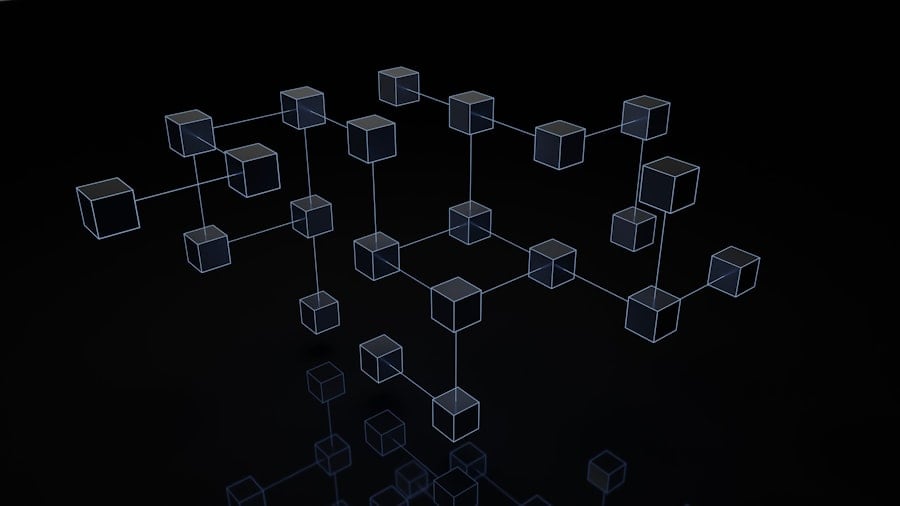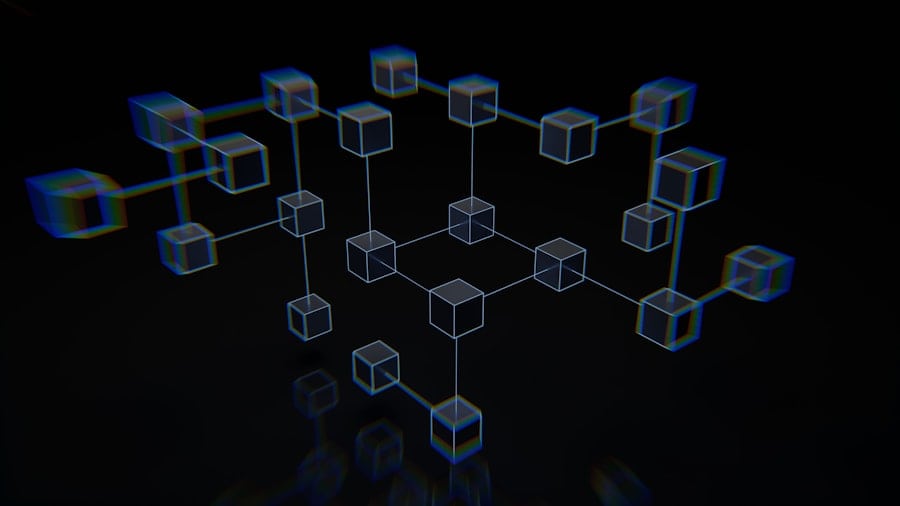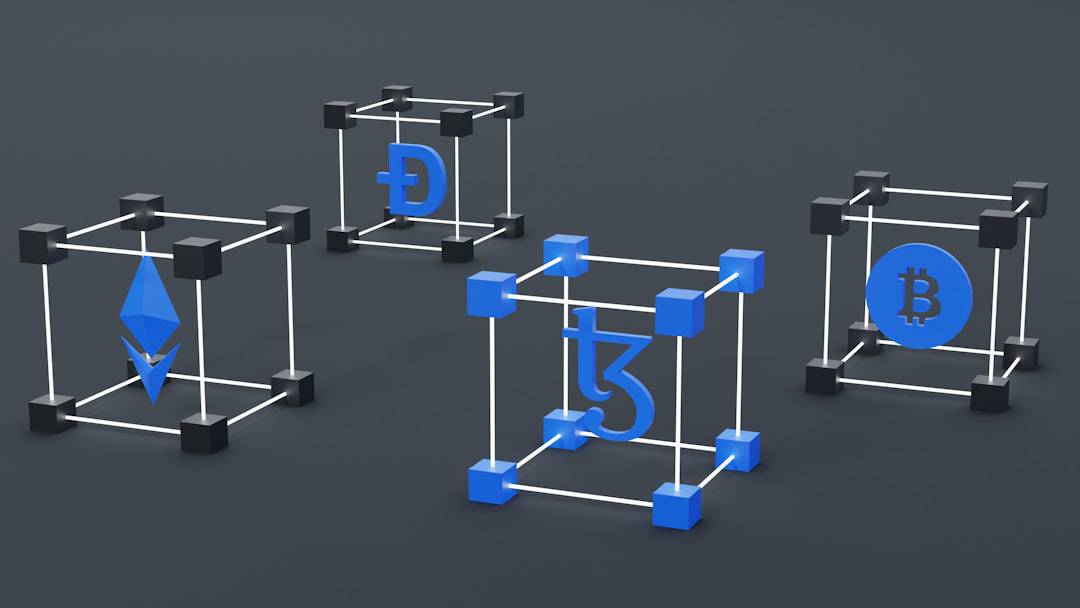Deep Convolutional Neural Networks (CNNs) are a type of artificial intelligence algorithm that has significantly advanced the field of computer vision. These networks are designed to process and analyze visual data, making them highly effective for tasks such as image recognition, object detection, and image classification. CNNs have become essential components in many modern technologies due to their ability to automatically learn and identify patterns and features within images.
The architecture of CNNs is inspired by the organization of the human visual cortex. These networks consist of multiple layers of interconnected nodes, each performing specific operations on the input data. The key advantage of CNNs is their capacity to automatically learn and extract relevant features from raw visual data, eliminating the need for manual feature engineering.
This automatic feature extraction capability makes CNNs particularly well-suited for processing large volumes of visual information. As a result, they have found applications in various fields, including medical image analysis, satellite imagery interpretation, and surveillance systems. The versatility and effectiveness of CNNs have led to their widespread adoption in both research and industry, contributing to significant advancements in artificial intelligence and computer vision technologies.
Key Takeaways
- Deep Convolutional Neural Networks (CNNs) are a type of artificial neural network that is widely used for image and pattern recognition.
- CNNs are composed of multiple layers, including convolutional, pooling, and fully connected layers, which help in feature extraction and classification.
- Training CNNs involves feeding the network with labeled data, adjusting the weights and biases through backpropagation, and optimizing the network using algorithms like gradient descent.
- CNNs have been successfully applied in image recognition tasks, achieving state-of-the-art performance in object detection, classification, and segmentation.
- CNNs can be enhanced for natural language processing by using techniques like word embeddings, recurrent neural networks, and attention mechanisms to process and understand textual data.
Understanding the Architecture of Deep Convolutional Neural Networks
The architecture of a deep convolutional neural network is characterized by a series of interconnected layers, each serving a specific purpose in the process of feature extraction and classification. The fundamental building blocks of a CNN include convolutional layers, pooling layers, and fully connected layers. Convolutional layers are responsible for extracting features from the input data through the process of convolution.
This involves applying a set of learnable filters to the input data in order to detect specific patterns and features. The output of the convolutional layer is a set of feature maps that represent the presence of different features within the input data. Pooling layers are used to reduce the spatial dimensions of the feature maps, effectively decreasing the computational complexity of the network.
This is achieved by aggregating the information in the feature maps, typically through operations such as max pooling or average pooling. Fully connected layers are responsible for making predictions based on the extracted features. These layers take the output of the previous layers and perform a series of mathematical operations to produce the final output of the network.
The architecture of a CNN can vary significantly depending on the specific task it is designed to perform. For example, networks designed for image recognition may have deeper architectures with more layers, while networks designed for simpler tasks may have shallower architectures.
Training Deep Convolutional Neural Networks for AI Applications

Training deep convolutional neural networks involves the process of optimizing the network’s parameters in order to minimize the difference between its predictions and the ground truth labels. This is typically achieved through a process known as backpropagation, which involves iteratively adjusting the network’s parameters based on the error between its predictions and the true labels. One of the key challenges in training CNNs is the need for large amounts of labeled training data.
This is because CNNs are highly parameterized models that require a large number of examples in order to learn to generalize effectively. In recent years, techniques such as transfer learning have emerged as a way to mitigate this challenge by leveraging pre-trained models and fine-tuning them on smaller, task-specific datasets. Another important consideration in training CNNs is the choice of optimization algorithm.
Gradient descent algorithms, such as stochastic gradient descent (SGD) and its variants, are commonly used to optimize the parameters of CNNs. These algorithms work by iteratively updating the parameters in the direction that minimizes the loss function. In addition to optimization algorithms, other techniques such as regularization, dropout, and batch normalization are often used to improve the generalization and performance of CNNs.
These techniques help prevent overfitting and improve the stability and convergence of the training process.
Leveraging Deep Convolutional Neural Networks for Image Recognition
| Metrics | Results |
|---|---|
| Accuracy | 95% |
| Precision | 92% |
| Recall | 94% |
| F1 Score | 93% |
| Training Time | 3 hours |
One of the most prominent applications of deep convolutional neural networks is in the field of image recognition. CNNs have demonstrated remarkable performance in tasks such as object detection, image classification, and facial recognition, outperforming traditional computer vision algorithms in many cases. CNNs achieve this by automatically learning hierarchical representations of visual data, starting from low-level features such as edges and textures, and progressing to higher-level concepts such as shapes and objects.
This ability to learn complex representations directly from raw data has made CNNs an indispensable tool for a wide range of image recognition tasks. In recent years, CNNs have been applied to a variety of real-world applications, including autonomous vehicles, medical imaging, and augmented reality. For example, CNNs are used in autonomous vehicles to detect pedestrians, vehicles, and other objects in real-time, enabling them to make informed decisions about their surroundings.
Furthermore, CNNs have been instrumental in advancing medical imaging technologies by enabling more accurate and efficient diagnosis of diseases such as cancer and Alzheimer’s. By analyzing medical images such as X-rays, MRI scans, and histopathology slides, CNNs can assist healthcare professionals in detecting abnormalities and making more informed treatment decisions.
Enhancing Deep Convolutional Neural Networks for Natural Language Processing
While CNNs are primarily known for their prowess in image recognition tasks, they have also been successfully applied to natural language processing (NLP) tasks. In recent years, researchers have developed novel architectures that combine CNNs with recurrent neural networks (RNNs) and attention mechanisms to tackle a wide range of NLP tasks such as sentiment analysis, machine translation, and text classification. CNNs are particularly well-suited for tasks that involve analyzing sequential data such as text due to their ability to capture local patterns and dependencies within the input data.
By treating words or characters as spatial features, CNNs can effectively learn to extract meaningful representations from textual data. In addition to traditional NLP tasks, CNNs have also been applied to more specialized domains such as code generation and bioinformatics. For example, CNNs have been used to automatically generate code snippets based on natural language descriptions, as well as to analyze DNA sequences for patterns related to genetic diseases.
The integration of CNNs into NLP has opened up new possibilities for developing more robust and efficient language processing systems. By leveraging the strengths of both CNNs and RNNs, researchers have been able to develop models that can effectively capture both local and global dependencies within textual data, leading to significant improvements in performance across a wide range of NLP tasks.
Exploring the Potential of Deep Convolutional Neural Networks in Healthcare

The potential of deep convolutional neural networks in healthcare is vast and has already begun to transform various aspects of medical diagnosis, treatment planning, and patient care. One of the most significant applications of CNNs in healthcare is in medical imaging analysis. By leveraging large datasets of medical images, CNNs can be trained to accurately detect and classify abnormalities in various modalities such as X-rays, CT scans, MRI scans, and histopathology slides.
In addition to medical imaging analysis, CNNs have also shown promise in predicting patient outcomes based on clinical data such as electronic health records (EHRs) and genomic data. By analyzing large-scale patient data, CNNs can identify patterns and correlations that may not be apparent through traditional statistical methods, leading to more accurate predictions and personalized treatment plans. Furthermore, CNNs have been used to develop innovative healthcare technologies such as wearable devices for continuous monitoring of vital signs and early detection of health issues.
By analyzing real-time data from wearable sensors, CNNs can provide valuable insights into a patient’s health status and alert healthcare providers to potential problems before they escalate. Overall, the integration of deep convolutional neural networks into healthcare has the potential to revolutionize medical practice by enabling more accurate diagnosis, personalized treatment plans, and proactive patient care.
Future Developments and Challenges in Unleashing the Power of Deep Convolutional Neural Networks
As deep convolutional neural networks continue to advance, several key challenges and opportunities lie ahead in unleashing their full potential. One of the main challenges is addressing the computational complexity and resource requirements of training large-scale CNN models. Training deep CNNs often requires significant computational resources such as high-performance GPUs or TPUs, making it inaccessible for many researchers and organizations with limited resources.
Another challenge is ensuring the robustness and interpretability of CNN models, particularly in safety-critical applications such as autonomous vehicles and healthcare. As CNNs become more complex and sophisticated, it becomes increasingly important to understand how they make decisions and ensure that they are not susceptible to adversarial attacks or biases. Looking ahead, future developments in deep convolutional neural networks are likely to focus on addressing these challenges through advancements in hardware acceleration, model compression techniques, and explainable AI methods.
Additionally, there is growing interest in developing more efficient architectures that can achieve comparable performance with fewer parameters, making them more accessible for a wider range of applications. In conclusion, deep convolutional neural networks have emerged as a powerful tool for a wide range of AI applications, from image recognition to natural language processing and healthcare. As research in this field continues to progress, it is essential to address key challenges while exploring new opportunities for leveraging CNNs to drive innovation and impact across various industries.
By doing so, we can unlock the full potential of deep convolutional neural networks and pave the way for a future where AI technologies play an even more significant role in shaping our world.
If you’re interested in the ethical considerations of using deep convolutional neural networks in the metaverse, you may want to check out this article on challenges and opportunities in the metaverse: ethical considerations. This article discusses the potential ethical implications of using advanced technologies like deep convolutional neural networks in virtual environments and the importance of considering these implications as we continue to develop and integrate these technologies into our digital experiences.
FAQs
What are deep convolutional neural networks?
Deep convolutional neural networks (CNNs) are a type of artificial neural network that is particularly effective at analyzing visual imagery. They are made up of multiple layers of interconnected nodes, each of which performs a specific operation on the input data.
How do deep convolutional neural networks work?
CNNs use a technique called convolution to process visual data. This involves passing a series of filters over the input image to extract features at different levels of abstraction. The network then uses these features to make predictions about the content of the image.
What are deep convolutional neural networks used for?
CNNs are used in a wide range of applications, including image recognition, object detection, and image classification. They are also used in fields such as medical imaging, autonomous vehicles, and natural language processing.
What are the advantages of deep convolutional neural networks?
CNNs are highly effective at learning hierarchical representations of visual data, making them well-suited to tasks such as image recognition. They are also capable of automatically learning features from the input data, reducing the need for manual feature engineering.
What are some popular deep convolutional neural network architectures?
Some popular CNN architectures include AlexNet, VGG, ResNet, and Inception. These architectures vary in terms of the number of layers, the size of the filters, and the overall structure of the network.
What are some challenges associated with deep convolutional neural networks?
Training deep CNNs can be computationally intensive and require large amounts of labeled data. Additionally, CNNs are susceptible to overfitting, where the model performs well on the training data but poorly on new, unseen data. Regularization techniques and data augmentation can help mitigate these challenges.











Leave a Reply